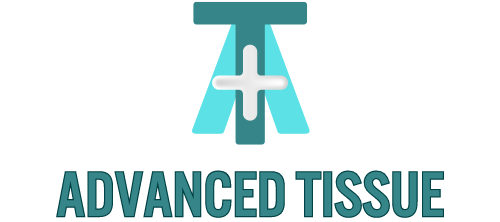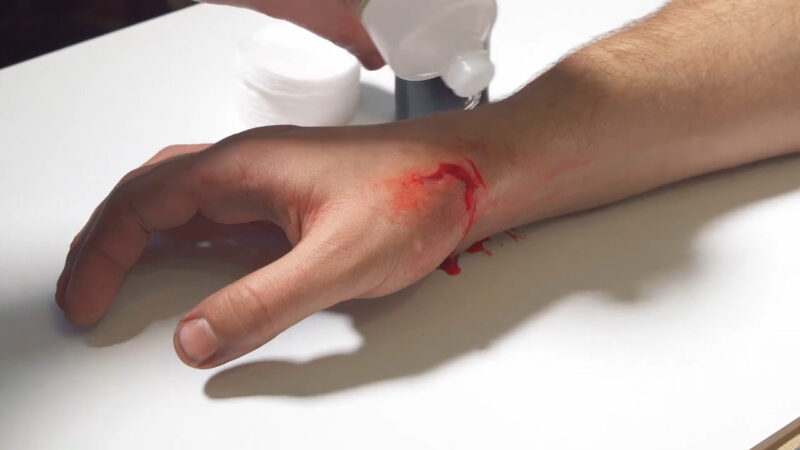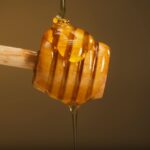Placing a basic wound dressing around a wound can help prevent clothing from rubbing against and irritating the affected area.
Even as children, people generally know that they’re supposed to leave wounds alone during the wound healing process. Itching can further irritate sensitive skin, remove growing tissue, slow the recovery process and worsen scarring. However, healing wounds can sometimes become very itchy, tempting some to scratch the affected area. Read on to learn why itching occurs, how scratching can be harmful and ways to soothe the irritation.
Why Does My Wound Itch?
The skin contains specialized nerve fibers that detect when the dermis is being irritated and send signals to the spinal cord, communicating that there is an itch. These nerves can be activated in several ways. For example, if a bug crawls on you, these fibers focus your attention on that area to warn you about a potential danger. According to the University of Cambridge, this is called mechanical stress.
Wound healing also elicits mechanical stress that activates itching. As it heals, the cells around the wound proliferate, which means the margins around the wound grow and migrate inwards toward the base. In fact, the cells follow an electrical pathway at a voltage that is different than the margin so they can tell where the base is. The cells then unite at the center, attach together and contract to pull the wound shut. This process creates a mechanical stress that activates the itch nerves and tells the spinal cord to scratch.
These nerve fibers can also be activated by chemicals secreted by the body, which is how wound healing causes itching. As the University of Cambridge explains, the body releases histamine in response to the wound and its sudden exposure to outside elements as a protective function.
Other factors can also add to the itching. As the AARP reports, during the recovery process, scar tissue begins to form over the affected area. When too much of this tissue grows, it can form hard, smooth growths known as keloids, and these can irritate the skin, particularly when rubbed against clothing. Though they’re generally not bad for one’s health, they may lead to discolored skin after healing and can enhance scarring.
The Dangers of Scratching
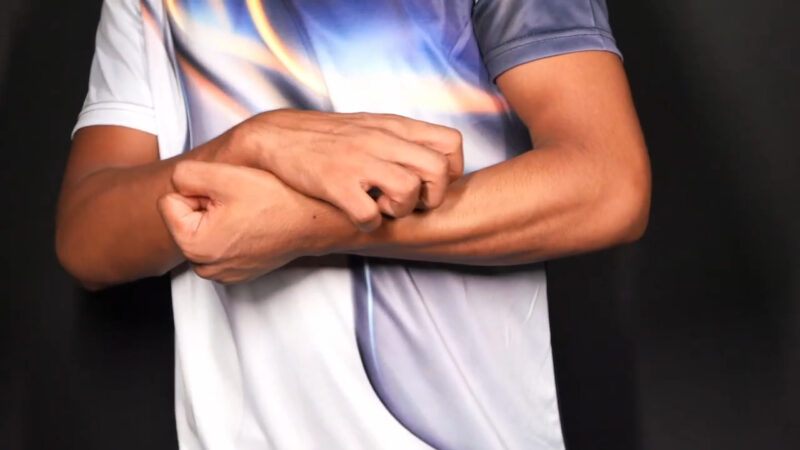
Scratching a wound that is trying to heal can cause damage to the new tissue that has grown to replace and repair the damaged tissue. If this happens, it can slow the healing process, which leaves your body susceptible to wound infection longer and can result in excessive scarring. Additionally, it can cause potentially harmful bacteria on the hands to transfer to the wound, again putting you at a higher risk of developing infection.
Tips for Reducing Itching
If you’re experiencing an excessively itchy wound accompanied with thick or off-colored drainage, you may want to see a clinician to ensure there isn’t another problem. For normal irritation, there are actions you can take to reduce the itching, though you should check with a health care professional before changing your recovery plan. Discuss some of these options with your clinician:
- Wash gently with soap and water to remove any dead cells that may be causing irritation.
- Protect the affected area with a basic wound dressing to stop clothes from rubbing against it and to keep potentially harmful bacteria out.
- Use a cool compress for a short period of time to numb itching.
- Anti-itch creams may be used if the itching persists and becomes too much to handle.
Explanation of Healing Stages
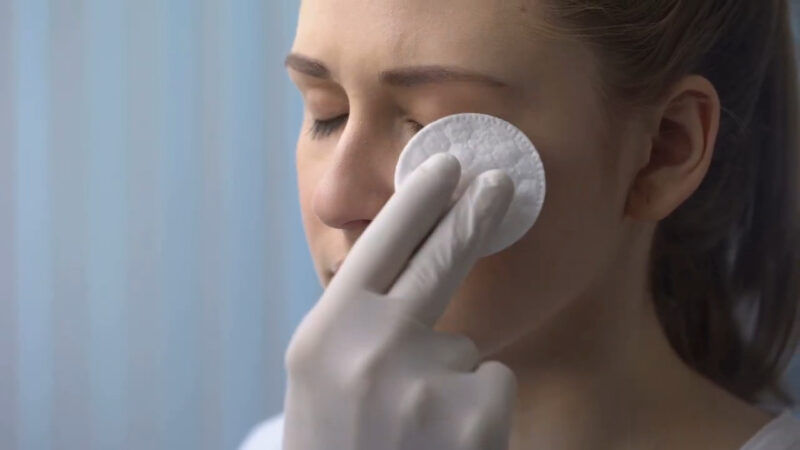
Inflammatory Stage
This initial stage involves the body’s immediate response to a wound. Blood vessels constrict to reduce bleeding, and white blood cells rush in to start fighting infection.
Swelling and inflammation can cause itchiness as the body increases blood flow to the area.
Proliferative Stage
In this phase, the body starts rebuilding the wound with new tissue, known as granulation tissue. Blood vessels also begin to form anew.
The growth of new tissue and skin can cause stretching and tightness around the wound, leading to itching sensations.
Maturation Stage
- The final phase of healing where the wound contracts and strengthens. The new tissue, now a scar, matures and fully forms.
- As the scar tissue develops, it may become less flexible than normal skin, leading to dryness and itchiness.
Role of Inflammation
- Mechanism of Itching: Inflammation is a natural part of the healing process. The increase in blood flow and immune activity in the wounded area can lead to itchiness.
- Chemical Mediators: Substances like histamines, released during inflammation, are directly involved in causing itching.
Types of Wounds
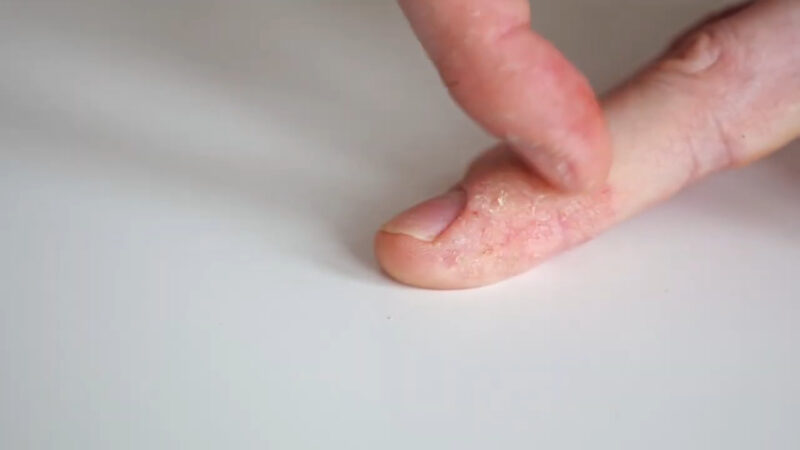
Cuts
- Characteristics: Clean incisions that may heal relatively quickly.
- Itching Variance: Itching is usually mild and short-lived.
Burns
- Characteristics: Damage to skin layers, potentially causing more significant scarring.
- Itching Variance: Often more intense itching due to extensive skin damage and repair.
Abrasions
- Characteristics: Surface-level wounds caused by scraping.
- Itching Variance: Itching may be mild but can be aggravated by constant skin movement.
Diet and Hydration
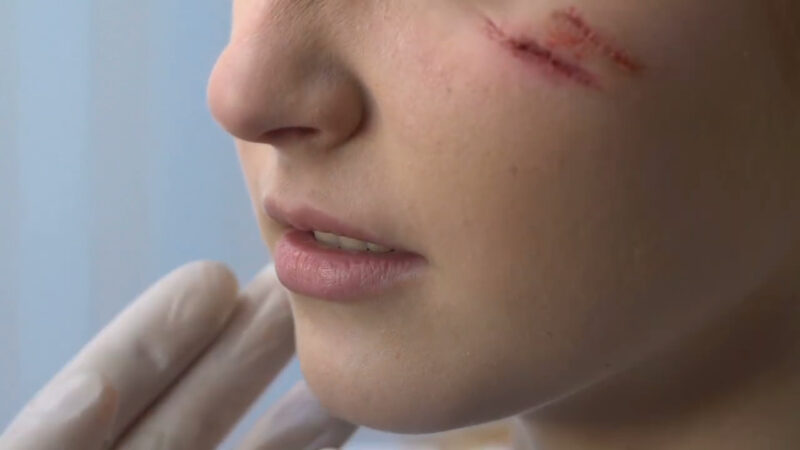
- Nutrients for Healing: Proteins, vitamins (especially A and C), and zinc play crucial roles in wound healing.
- Impact on Itching: Adequate nutrition can aid in faster healing, potentially reducing the duration of itching.
Hydration
- Role in Healing: Keeps the skin elastic and more resilient, aiding in the overall healing process.
- Reducing Itching: Proper hydration can prevent dryness around the wound, which can exacerbate itching.
By expanding on these topics with detailed explanations and bullet points, the content becomes more informative and useful for understanding the different aspects of wound healing and management of itchiness.
FAQ
Can allergies affect wound healing?
Yes, allergies can impact wound healing. Allergic reactions can cause additional inflammation and may slow down the healing process.
Are there any natural remedies for wound itching?
Natural remedies like aloe vera, honey, and oatmeal baths can soothe itching. However, consult a healthcare provider before applying anything to a wound.
How does age affect wound healing?
Older adults may experience slower wound healing due to factors like decreased skin elasticity and slower cellular regeneration.
Can stress impact the healing process?
Yes, stress can delay healing by affecting the immune system and the body’s inflammatory response.
Is it safe to exercise with a healing wound?
Mild to moderate exercise might be safe, but it’s best to consult a doctor, especially if the exercise impacts the wound area.
Can certain medications slow wound healing?
Yes, medications like steroids and some anti-inflammatory drugs can slow the healing process.
How do I know if my wound is infected?
Signs of infection include increased pain, redness, swelling, warmth, and pus. If you suspect an infection, seek medical attention immediately.
Final Words
Proper wound care is crucial for efficient healing and minimizing discomfort. Remember, if you have concerns about a wound or its healing process, always consult a healthcare professional for advice.
